The Aztecs called themselves the Mexica—the root of the name for today's Mexico.
1325–1521 C.E.

The Aztecs called themselves the Mexica—the root of the name for today's Mexico.
1325–1521 C.E.
Learn about the language, origins, politics, religion, calendar, and art of the Mexica.
We're adding new content all the time!
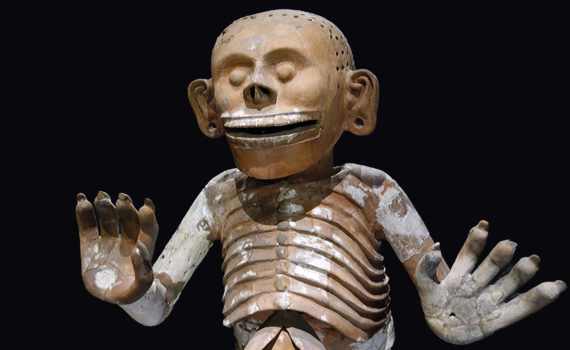
Life-size terracotta sculptures of the god of the underworld and eagle warriors were found in the House of the Eagles in the sacred precinct of the Aztec (Mexica) capital of Tenochtitlan
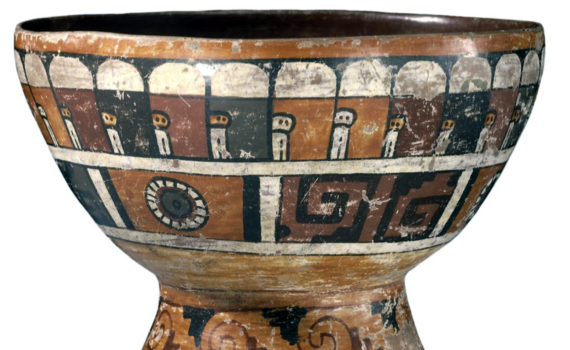
Cholula was known for its beautiful polychrome ceramics that included a wide range of symbols such as calendrical dates, hearts, hands, and knives
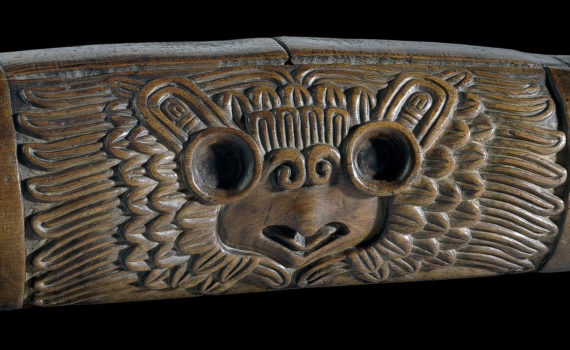
Mexica wooden slit drums (teponaztli) were generally decorated with designs in relief or carved to represent human figures or animals.
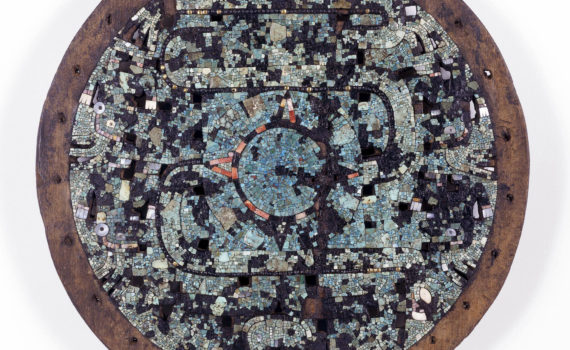
Ancient Mexico is renowned for the production of vivid greenstone mosaics
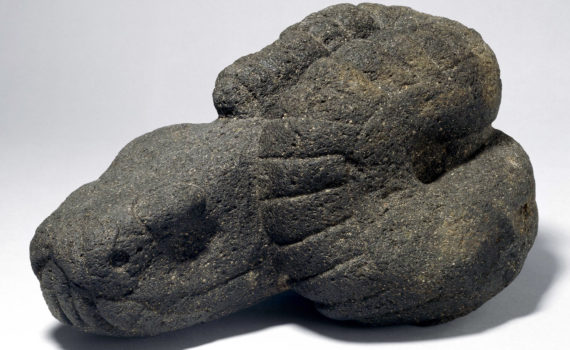
The serpent played a very important role in Mexica religion and many finely carved stone sculptures have survived.
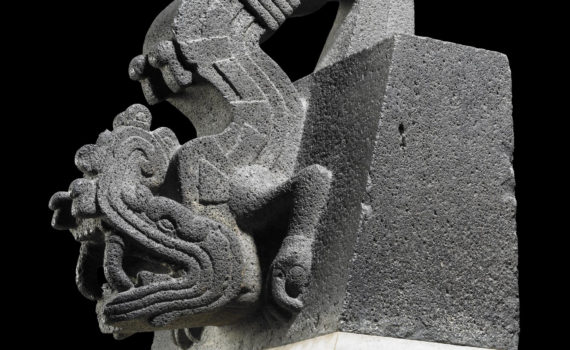
This magnificent sculpture of a Xiuhcoatl (fire serpent) has a blend of both realistic and mythical creatures.
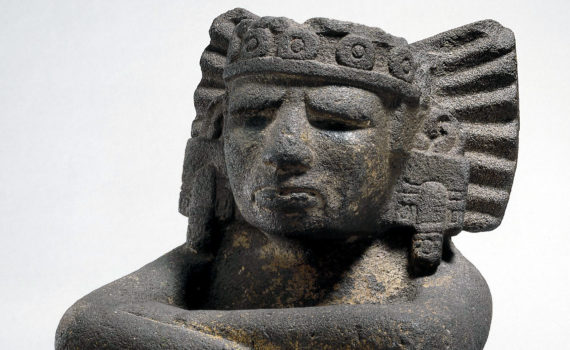
The cult of the fire god Xiuhtecuhtli goes back many centuries before Mexica times and extended throughout Mesoamerica.
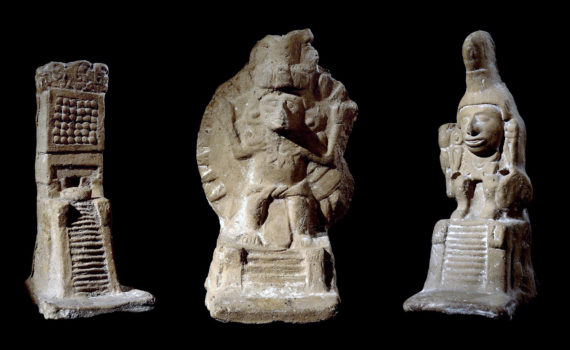
Small pottery temple models add valuable details to our knowledge of Mexica religious architecture
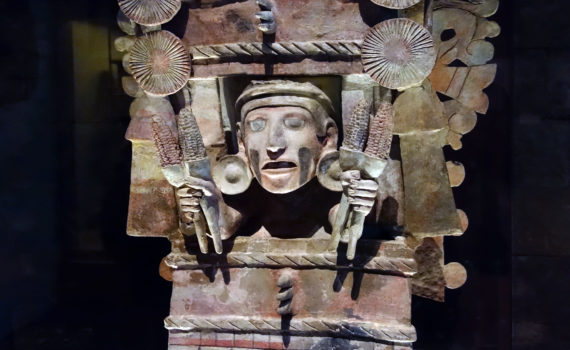
An elaborate Aztec brazier of Chicomecoatl was used to burn offerings to the gods
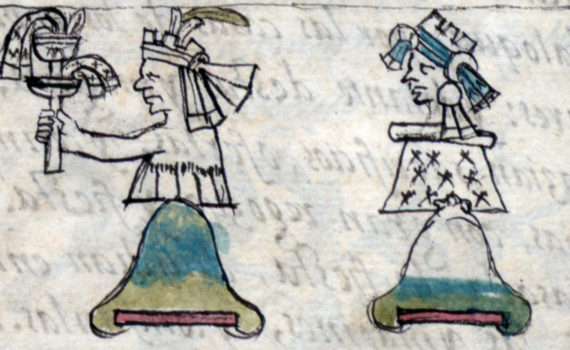
In 1520, smallpox raged among the Mexica during the month of Tepeilhuitl when they would normally be making and eating sacred art made of dough.
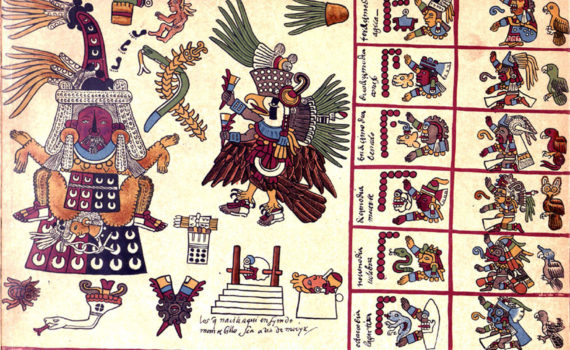
Calendars also tell us a great deal about how Mesoamerican cultures understood and structured their world.